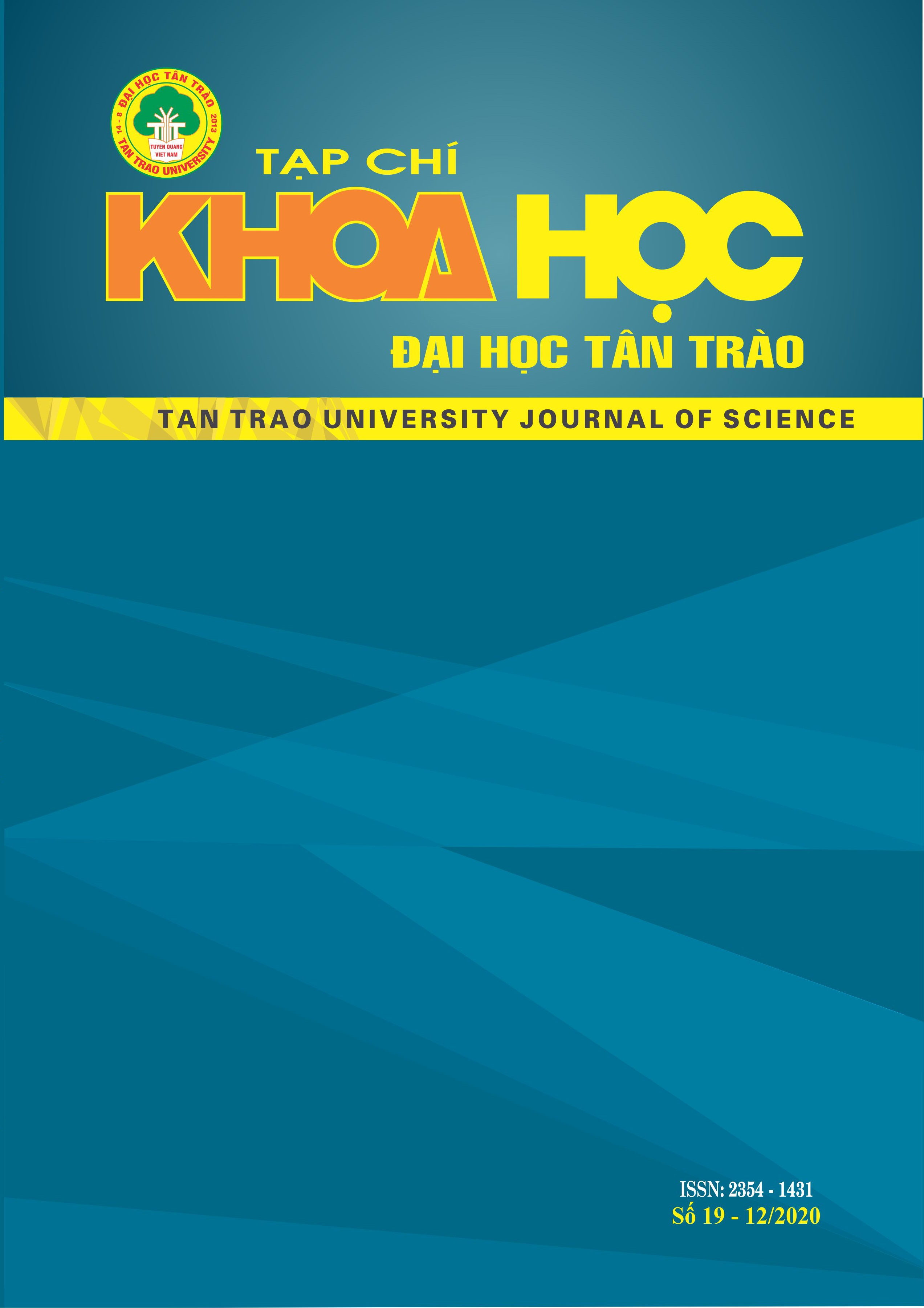GOOGLE GLASS: TYPES OF INNOVATION, THE ORIGIN OF INNOVATION, AND ENTREPRENEUR DEFINITION
DOI:
https://doi.org/10.51453/2354-1431/2020/439Keywords:
Google Glass; innovation; entrepreneurship; case study; research.Abstract
Google Glass is a prime example to learn how innovation is created and commercialized. More notably, learning from the making decision or acts of Google’s expert entrepreneurs is invaluable on the journey to become future entrepreneurs and innovators. Therefore, this article will discuss types of innovation matching Google Glass, entrepreneurial approaches to create Google Glass, and the definition of an entrepreneur. Note that every explanation will be based on the Google Glass case study and evidence from scientific research.
Downloads
References
1.Michael, S. (2014). What Google “Glassholes” Reveal About Managing Innovation. Harvard Business Review. https://hbr.org/2014/02/what-google-glassholes-reveal-about-managing-innovation
2. Kim, L. (2018). Human Interface and the Management of Information. Interaction, Visualization, and Analytics. 10904, 371-380. https://doi.org/10.1007/978-3-319-92043-6_31
3. Pace, S. (2013). Looking at Innovation through CCT Glasses: Consumer Culture Theory and Google Glass Innovation. Journal of Innovation Management, 1(1), 38-54. https://doi.org/10.24840/2183-0606_001.001_0005
4. Norman, D. A., & Verganti, R. (2014). Incremental and radical innovation: Design research vs. technology and meaning change. Design issues, 30(1), 78-96. https://doi.org/10.1162/DESI_a_00250
5. Alvarez, S. A., & Barney, J. B. (2007). Discovery and creation: Alternative theories of entrepreneurial action. Strategic entrepreneurship journal, 1(1‐2), 11-26. https://doi.org/10.1002/sej.4
6. Sarasvathy, S. D. (2001). What makes entrepreneurs entrepreneurial?. Retrieved from http://www.effectuation.org/sites/default/files/research_papers/what-makesentrepreneurs-entrepreneurial-sarasvathy_0.pdf
7. Barney, J. (1991). Firm resources and sustained competitive advantage. Journal of management, 17(1), 99-120. https://doi.org/10.1177/014920639101700108
8. Fuentelsaz, L., Maicas, J. P., & Montero, J. (2018). Entrepreneurs and innovation: The contingent role of institutional factors. International small business journal, 36(6), 686-711. https://doi.org/10.1177/0266242618766235
9. Knight, F. H. (1921). Risk, uncertainty and profit, Augustus M. Kelley, New York.
10. Hornaday, J. A., & Aboud, J. (1971). Characteristics of successful entrepreneurs. Personnel psychology.
11. Gartner, W. B. (1988). “Who is an entrepreneur?” is the wrong question. American journal of small business, 12(4), 11-32. https://doi.org/10.1177/104225878801200401
12. Schmidley, A. (2020). Week one: Module 1: Innovative ideas [Powerpoint slides]. Retrieved from EIBS7301, University of Queensland Blackboard Online, http://www.elearning.uq.edu.au/
13. HSGUniSTGallen. (2012, December 14). The 10 Myths of Entrepreneurship [Video file]. Retrieved from https://www.youtube.com/watch?v=G8gRkJ9cnzo
Downloads
Published
How to Cite
Issue
Section
License

This work is licensed under a Creative Commons Attribution-ShareAlike 4.0 International License.
All articles published in SJTTU are licensed under a Creative Commons Attribution-ShareAlike 4.0 International (CC BY-SA) license. This means anyone is free to copy, transform, or redistribute articles for any lawful purpose in any medium, provided they give appropriate attribution to the original author(s) and SJTTU, link to the license, indicate if changes were made, and redistribute any derivative work under the same license.
Copyright on articles is retained by the respective author(s), without restrictions. A non-exclusive license is granted to SJTTU to publish the article and identify itself as its original publisher, along with the commercial right to include the article in a hardcopy issue for sale to libraries and individuals.
Although the conditions of the CC BY-SA license don't apply to authors (as the copyright holder of your article, you have no restrictions on your rights), by submitting to SJTTU, authors recognize the rights of readers, and must grant any third party the right to use their article to the extent provided by the license.


